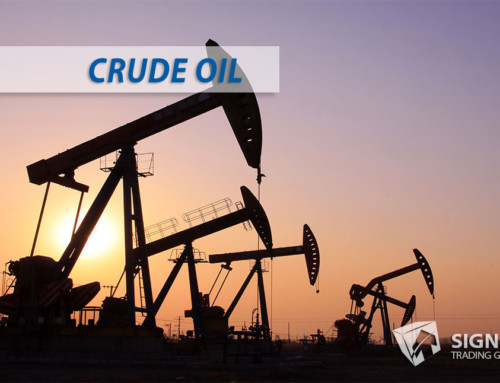In a recent conversation with a client, the topic of natural gas storage came up, and they asked for more information. While I gave them a general explanation, I felt it would be helpful to create a written description that others with similar questions could refer to.
Natural Gas Storage
Natural gas storage in the U.S. is mainly done through underground storage facilities, with approximately 400 facilities spread across 32 states, according to the U.S. Department of Energy (DOE). Three primary types of subsurface rock formations are used for natural gas storage: depleted natural gas or oil reservoirs, underground aquifers, and salt caverns. Underground storage helps reduce the risk of pipeline transmission system stress, enables natural gas production to continue all year round, and promotes the system’s flexibility to meet peak demands.
Depleted Natural Gas Reservoirs are large underground natural gas formations left after extracting gas from a particular area. Unlike other storage methods, reservoirs have significant working gas capacities and are located near existing pipeline infrastructures, minimizing the need for new infrastructure development.
Underground Aquifers are porous rock formations that can hold and transmit water, oil, or natural gas. They are used to store natural gas if they have the proper characteristics for safely containing and retrieving natural gas. Aquifers’ permeability is crucial in determining suitability for natural gas storage.
Salt Caverns are large underground structures resulting from water naturally dissolving salt deposits deep in the earth. Cavernous space is created by injecting natural gas into the formations. Salt caverns allow natural gas storage facilities to withdraw gas faster than depleted fields or aquifers. However, the locations suitable for developing salt caverns are limited and costly.
Gas-producing states like Texas, Oklahoma, and Louisiana have a high concentration of natural gas storage facilities. Still, facilities in other states, such as California, New York, and Michigan, are also present, despite not being traditionally associated with gas production.
Temporary above-ground options can store natural gas, including pipelines, liquefied natural gas terminals, and storage tanks. However, their primary function is to support peak demand. Meanwhile, the most prevalent method for natural gas storage is underground storage facilities. Critical factors such as proximity to markets and storage capacity significantly affect their locations.






